Written by Alex Jaffe for DC Comics (2022) I'm about to say something which feels true to me, and which, if you're around my age, I would dare say is more than likely true for you too. Kevin Conroy, born in Westbury, New York in 1955 and educated at Julliard, stage-actor-turned-voice-actor-turned-hero-to-millions, was the first voice that welcomed us into the DC Universe. As a person who has dedicated a large amount of my personal and professional life to studying and inhabiting the world of DC, Kevin Conroy's voice has been there with me like a friend since the very beginning. Kevin came to the character of Batman in Batman: The Animated Series fifty-three years after the Dark Knight's creation. He auditioned for the role knowing very little about Batman, apart from the '60s TV show, his impressions of which he was advised to discard. And yet, for the past three decades, the ultimate test of any Batman comic has been this: if you can hear Kevin's voice when you read it, that's a good Batman comic. If you can't, then something's not right. Bob Kane and Bill Finger are credited as Batman's creators, but that really doesn't suffice to capture all the people, some still with us, many departed, who have made Batman who he is today. Denny O'Neil and Neal Adams gave Batman his modern personality in the 1970s. Set designer Anton Furst gave him the shape of his city in the '80s. And in the '90s, with Kevin Conroy, Batman found his voice. 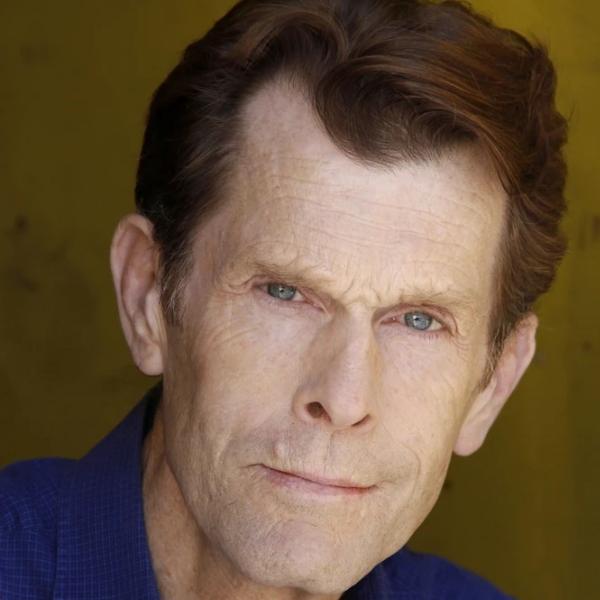 How do you distill thirty years of such an enormous body of work as the world's most recognizable hero into a single piece? It's a task I've been struggling with since I heard the news that he had passed. Like Batman himself as Kevin played him in the Justice Leagueepisode "Hereafter,"ť reacting to the loss of Superman, it was something I simply couldn't process. The detective in me, the one Kevin helped put there, needed to be sure. The sources had to be wrong. Someone misheard. No one credible had issued a statement. But I was just feeling like Bruce had when he had lost his closest friend: no man that strong, that heroic, that omnipresent, could ever really be gone. It was unacceptable. I lived as long as I possibly could in a realm of maybes, holding onto the chance that my hero had escaped another trap again. Not this time. Except in the sense that all artists keep on living. Kevin left behind so much work, so much of it essential to understanding one of the main characters of the DC Universe, that as long as there's a Batman, we'll keep running back to rediscover all that he's done for us. So, if you've never heard Kevin Conroy perform the tallest of all DC's icons, or more likely, you'd like to spend more time with the work of a man who made you love Batman, here are some of my personal favorite selections from his body of work. It's by no means exhaustive. But the next time you find Batman's true voice now and forever slipping just a little, these should give you what you need to readjust your compass toward the direction that Batman is supposed to be.
 There's been a fashionable hot take for many years now that the most interesting thing about Batman is his villains. That Batman is a straight man to their chaos, providing a neutral slate for his rogues gallery to play off. Batman's villains are certainly a major contributor to his popularity, but the idea that Batman himself is an uninteresting character is a disservice. Nobody proved that like Kevin Conroy, switching his voice of Batman in The Animated Series into not two, but three different personae: the public-facing Bruce Wayne, a mask to accomplish his tasks to improve the city by the light of day; the enemy-facing Dark Knight, who scowled and terrified the criminal element into submission; and the man in the cave, still costumed, cowl draped about his neck, trading ideas and theories with Alfred and Dick. Conroy's layered performance taught us that it's not Bruce or Batman who holds the character's heart, but a private, third entity somewhere between them. Many of Batman: The Animated Series' most beloved episodes are vehicles which redefine his villains. But for a closer look at Bruce, here's a few for your watch list: 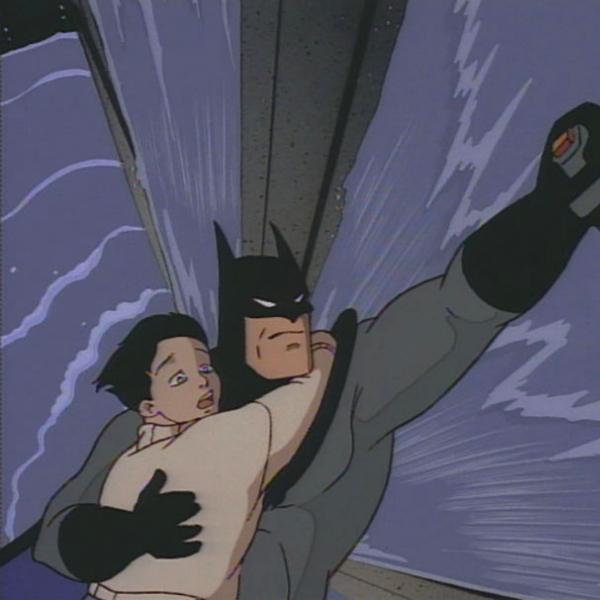
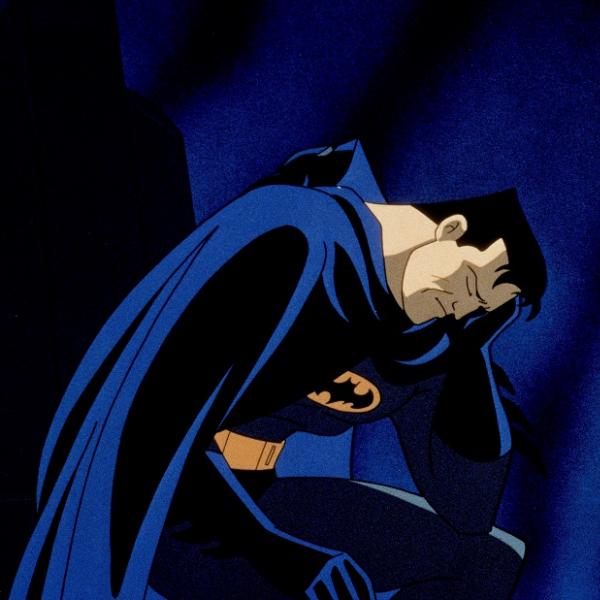 A common debate among Batman fans is over the best Batman movie. Tim Burton's gothic fantasy, Christopher Nolan's allegory for a nation gripped in the war on terror, even Matt Reeves' The Batman has become a strong contender for the crown. But for presenting Batman as a character, no one's ever done it better than Mask of the Phantasm. It's the one Batman story I'd show anyone, if I only had to show them one. This, more than any other, is the story that illustrates who he is, and the sorrow and anguish he's chosen to shoulder. And it's Conroy's performance who gets him there. In Phantasm, Kevin shows us that while Batman desires peace more than anything in the world, his soul will never let him have it.  If Bruce in Batman: The Animated Series—as Kevin sometimes shared with convention audiences—was Hamlet, tortured into a vengeful split personality by his murdered father, then Batman Beyond is King Lear. Old, enfeebled and embittered in his palatial tomb of a manor forty years into the future, Batman Beyond gives us a jaded Bruce Wayne who's given up on the world. His mission to save Gotham is a failure, his life's purpose rendered meaningless by the passage of time. Old Man Bruce is darker, harder and scarier than he ever was as Batman. Forced against his will by circumstance to guide Gotham's next protector, Kevin leads us through the lifting of Bruce's spirits—ever so slightly, but still ever upward—as his confidence in Terry McGinnis grows. If you're going to check out only one episode of Batman Beyond, make it the pilot, which masterfully encapsulates Bruce's fall and possible redemption. It's arguably the greatest performance of Bruce Wayne that Conroy gave in his career. 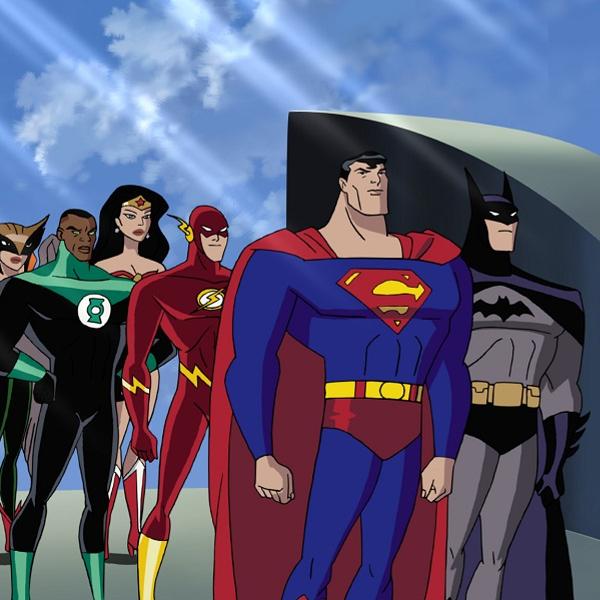 Batman: The Animated Series gave Conroy's Batman his family and his enemies. Batman Beyond gave him a partner and a new calling. But it's in the 2000 Justice League animated series that Batman finds a community. It comes at a price, however. For Batman's dealings with Superman, Wonder Woman, Flash and Green Lantern, Bruce Wayne the man is lost in the shuffle. A new synthesis of identities emerges in Justice League, of a hero among heroes: a staunchly professional, deeply analytical Batman, on his way to becoming Old Man Bruce but still with some time to go. This is the Batman with a reputation for being the most capable member of the team, despite his lack of powers. The Batman who always knows how to resolve any problem. The Batman who, just occasionally, in the rare moments he feels safe, will crack a smile and a joke. In time, this persona of Batman would become his most well known. The one Conroy settled into for movies, video games and an enormous number of roles which extended beyond Justice League and its follow-up, Justice League Unlimited. The Batman we hear in Injustice, in the Arkham games, in the direct-to-video animated movies: it's all Justice League Batman. He's the character's crystallization. Conroy's best performances in Justice League are by nature ensemble affairs, but we'd recommend “Injustice for All,” “Only a Dream,” and the aforementioned “Hereafter” in Justice League, and “This Little Piggy,” “The Doomsday Sanction,” and “Epilogue” for Justice League Unlimited. You're going to want to finish with “Epilogue.” 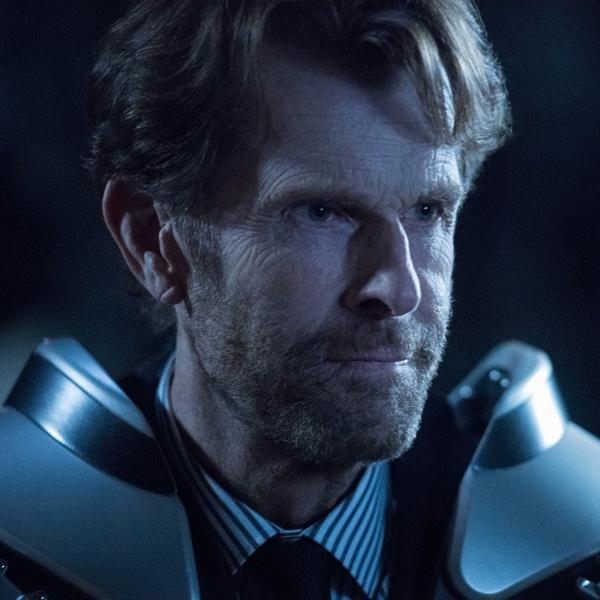 Kevin Conroy never set out to be a voice artist. As a New York working actor, he was a man of the stage. A man whose first ambition, and whose entitlement through talent and dedication, was to be a star. In 2019, Kevin Conroy got the chance to play Bruce Wayne live on screen for the first time. Inspired by stories like Kingdom Come, the retired Batman who Kevin played on TV's Batwoman was a far cry from the Batman we were familiar with. But to hear Conroy speak about it, the challenge was one of the greatest thrills of his career. How do you capture the career of a man who, for thirty years, defined the most iconic hero in fiction? Who became, through his performance, a guiding principle on how to tell any Batman story? It can't be done. We can give you some places to start. Talk a little about what he meant to us. But Kevin Conroy really was the best parts of Batman, in real life. To hear him speak about it, as he wrote it down in this year's DC Pride special, he was a man with a hard past, who channeled his pain into his craft. He was a man who did everything he could to make the world brighter, from charity work in disaster relief to making the time for any fan who he'd ever inspired. Lately, I've been reconnecting by going through some of the interviews he did near the end of his life. And in all of them, he seems aware of the impact he's had on the world. He's not just happy with what he's done, but proud. He was aware from a hard chapter in his own life that the worst thing in the world was to die with regret, and from that moment on, he'd lived his life in a way which meant he never would. Like Batman, Kevin Conroy didn't always count on being happy. And yet, it seems to me that after all he'd done and all he experienced, he embraced that happiness anyway. Kevin wasn't just my Batman. He was, after everything, because of and despite it all, the man I believe that Batman himself would have wished to be. 
Published on DCComics.com on Dec. 5, 2022
|